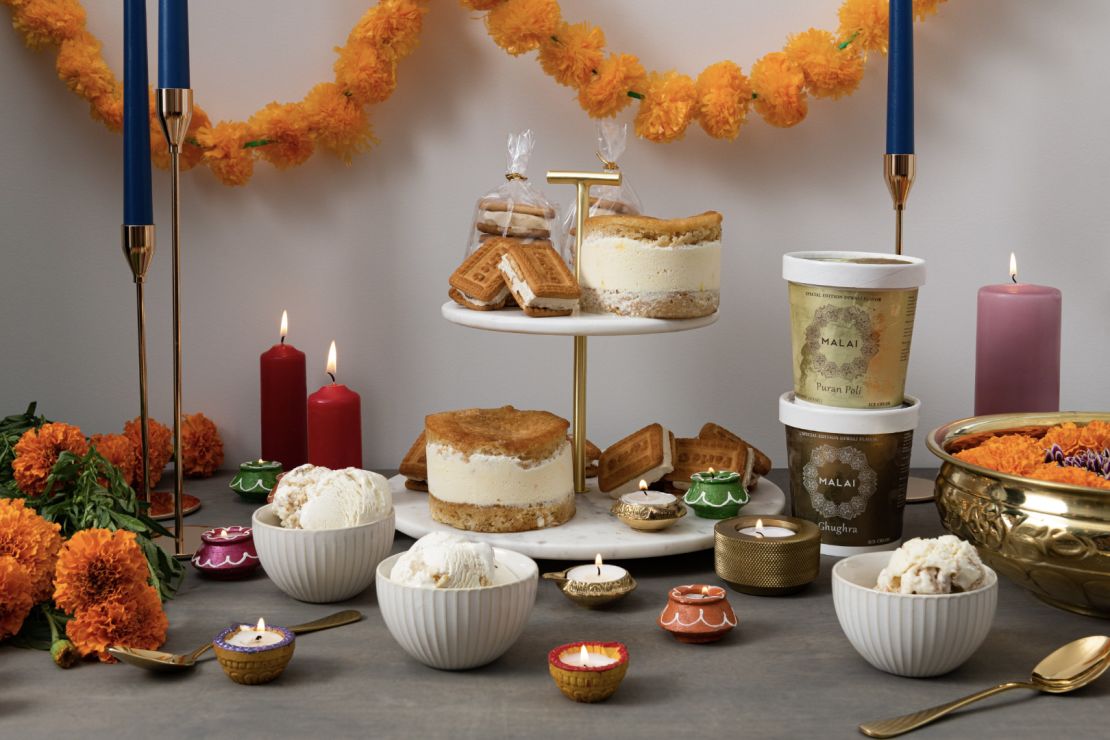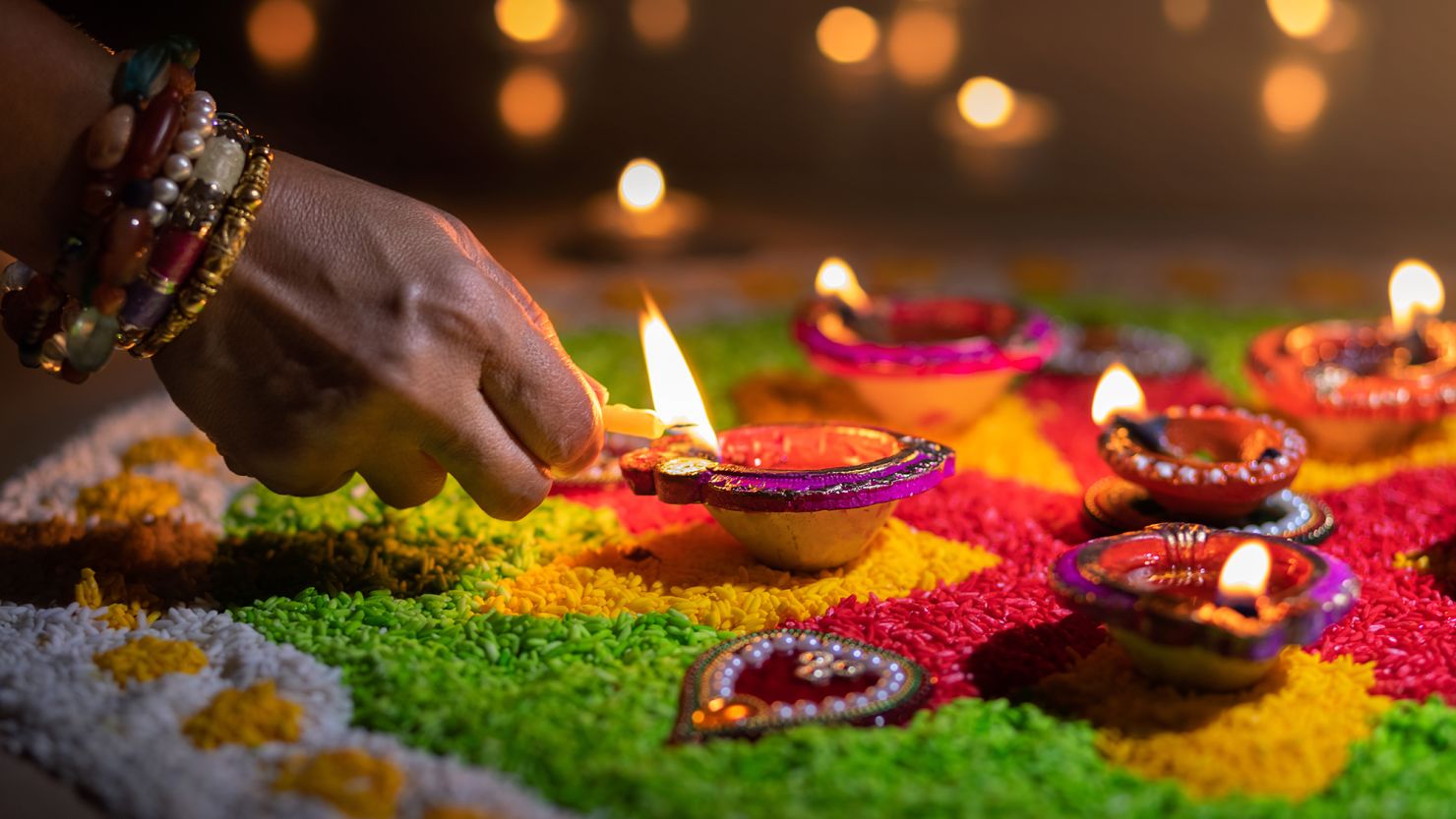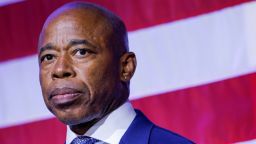Diwali seems to be everywhere this year.
More and more major brands are recognizing the festival of lights, running ad campaigns and stocking products related to the holiday in the US. South Asian Americans who celebrate Diwali can now pick up fireworks from Costco, greeting cards from Hallmark and party decorations from Target.
Diwali, also known as Deepavali, is one of the most important festivals in Hinduism. The holiday also has significance for Sikhs and Jains, and is celebrated not just in India, but in Nepal, Malaysia, Singapore and other countries with South Asian diasporas.
The growing acknowledgment of the holiday in the US is a marked shift for many first- and second-generation South Asian Americans who grew up celebrating the festival at home but rarely saw it acknowledged outside of their communities, says Soni Satpathy-Singh, who runs the meal delivery review website Meal Matchmaker.
Eight years ago, Satpathy-Singh wrote a piece for Brown Girl Magazine lamenting that Diwali hadn’t caught the attention of mass market retailers, despite the Indian American population’s growing numbers and high incomes. Today, the landscape looks much different.
“It’s interesting to see how much has developed over the last eight years just in terms of things you can buy to celebrate Diwali,” she told CNN. “Growing up, we would buy diyas from India or [use] things that my parents already had at home. There was no venturing out to buy stuff for a party, partly because it wasn’t even available.”
The proliferation of Diwali ad campaigns and products, marketing strategists and business owners say, reflects just how much the South Asian population in the US has grown in recent years.
Consumers are looking for meaning
It’s not hard to understand why more businesses are taking notice of Diwali, says Dhatri Navanayagam, a senior strategy director at the marketing agency Essence Global.
Asian Americans are the fastest growing racial or ethnic group in the US, and are projected to become the country’s largest immigrant group by the middle of the century, according to a Pew Research Center analysis. At 4.6 million people, Indian Americans account for about 21% of that group, more than doubling in population from 2000 to 2019.
Indian Americans also have a median household income of $119,000 – well above that of the overall population.
Diwali, then, presents a significant commercial opportunity for businesses, given that it’s tradition to give gifts, ignite firecrackers and feast with friends and family. But it’s not enough to just slap “Happy Diwali” branding on a product – consumers are looking for products and marketing campaigns that feel genuine and meaningful, according to Navanayagam.
“Brands are increasingly leaning into understanding what consumers need from them during this festival and how they can actually step up and help,” she says.
Lego stands out as a notable example, says Navanayagam. In addition to highlighting Diwali gift ideas, the company’s website features instructions for creating a rangoli using Lego pieces that people already have at home – an initiative that feels particularly relevant given the financial pressures that many consumers are currently facing, she adds.
Satpathy-Singh, too, has noticed some companies making more of an effort. The cookware brand Our Place, which makes the cult favorite Always Pan, is selling a Diwali fry set for consumers making samosas, jalebis or murukku as part of their celebrations. And the party supplier Big Dot of Happiness makes Diwali decorations that she’s bought in years past.
But she’s also seen efforts that don’t feel particularly thoughtful, such as Edible Arrangements’ Diwali-themed platter. Though the brand acknowledged Diwali, its assortment was made up of chocolate-covered strawberries and mini cheesecakes with sprinkles, which she felt had little relevance to the festival.
“There was no Indian flavor profile or anything reminiscent of Diwali mithai (sweets),” she adds. “It was just something commercially slapped on.”
South Asian entrepreneurs have been doing this longer
Though big brands have only recently begun to acknowledge Diwali, South Asian entrepreneurs and small business owners have been developing unique offerings around the holiday for a while, says Malai founder Pooja Bavishi.
Malai, a Brooklyn-based ice cream business inspired by South Asian flavors and ingredients, started selling its Diwali Celebration Box in 2019. The items in the collection – which in past years have included gulab jamun ice cream cake and Parle-G masala chai ice cream sandwiches – cater to a new generation of Indian Americans who are looking for an updated twist on familiar flavors, Bavishi says. And it’s proved immensely popular with customers.
“One of the main goals of Malai is to show that these flavors and these products are part of American culture and they should not be exoticized at all,” she adds.

Etsy has been another mainstay for Diwali products, with candles, craft kits and other gifts, Satpathy-Singh says. Navanayagam points to South Asian-owned small businesses Madhu Chocolate and TAGMO Treats, both of whom cater to a younger generation of conscious consumers. Austin-based Madhu Chocolate, which prides itself on being sustainably sourced, introduced a Diwali chocolate bar that is masala chai flavored with Parle-G crumbles. New York-based TAGMO Treats, meanwhile, offers Diwali mithai that pays homage to home cooks.
“These local chocolate companies are using familiarity in the style of Indian flavors with modern sustainable relevance for the younger South Asian generation,” Navanayagam says. “It shows more understanding of how a different generation is celebrating Diwali and what it means to them.”
Is the festival getting over-commercialized?
As Diwali becomes more widely acknowledged and celebrated in the US, there are also concerns about whether the holiday might become over-commercialized, as some critics in India have long bemoaned, or whether mainstream brands are merely capitalizing on the holiday for their own ends.
Some of that is inevitable, says Satpathy-Singh.
“When anything in any culture becomes mainstream, you do run the risk of appropriation,” she says. “Sometimes I wonder if that just comes hand in hand with visibility.”
Bavishi is encouraged by the recent abundance of Diwali products, both from small businesses and mainstream retailers. Her family didn’t have many traditions around Diwali when she was growing up in Charlotte, North Carolina, partly because it wasn’t very accessible at the time. That’s no longer the case.
“It is really great that there is acknowledgment for these holidays. For a really long time there wasn’t even that acknowledgment,” she adds. “But it has to be done carefully.”
There are, of course, deeper questions that merit exploration. Does it matter whether the person or company behind a Diwali product is South Asian or not? What is the line between celebration and appropriation? For Satpathy-Singh, the fact that these conversations are even being had is progress in itself.
“Is that good? Is that bad? Does that mean we’ve arrived? I don’t know yet what the answer is,” Satpathy-Singh says, referring to mainstream retailers selling Diwali products. “But I just think it’s powerful that we’ve arrived at this point where we can think through these things.”







